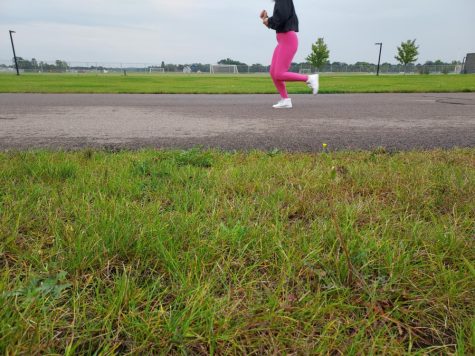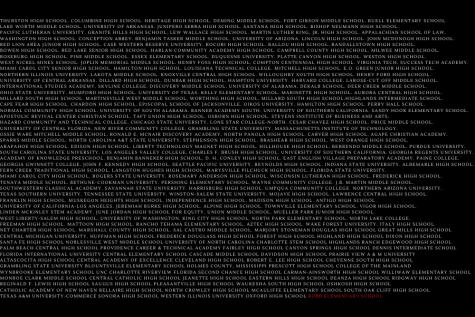Hank the Tank blamed for Lake Tahoe break-ins
Photo via Flickr under creative commons license
Hank and the other bears are black bears with a light brown muzzle.
There is a massive black bear in the Lake Tahoe area of California being blamed for breaking and entering more than two dozen homes; he is known as “Hank the Tank.”
According to officials though, Hank is no longer the sole suspect of the break-ins. Authorities originally thought the 500-pound bear was working alone as he roamed the streets in the area about 100 miles east of Sacramento. However, DNA evidence gathered by the California Department of Fish and Wildlife suggests several bears may have been responsible for the break-ins.
Last week, officials stated that they believed Hank carried out 28 home invasions and extensively damaged 33 properties on his own. He was also blamed for breaking through a small window and somehow squeezing inside a house last Friday when no one was there.
Since Hank has lost his fear of people there was a conversation and possibility that he may have to be euthanized. Now, considering the new DNA evidence of multiple different bears, the Fish and Wildlife department has decided it will take measures to better track the bears.
The department said it will trap bears in the South Lake Tahoe area, tag them, collect evidence for genetic analysis and then release them into their appropriate habitat.
The Fish and Wildlife Department has said that there haven’t been direct bear attacks on humans or pets in South Lake Tahoe. However, they are also emphasizing that it needs the community’s help with the tagging process, which helps them identify bears accurately. The department is asking residents to work with it on placing the traps to protect both them and the bears.
The department’s original post on February 17 drew widespread media attention by outlining the alleged trail of destruction perpetrated by the bear, which it said was “extremely food-habituated and has used its immense size and strength to break in and through front doors and garage doors.

I am a senior at Sartell High School. This is my first year being a writer for the LeSabre. I enjoy spending my spare time with my friends and family....














